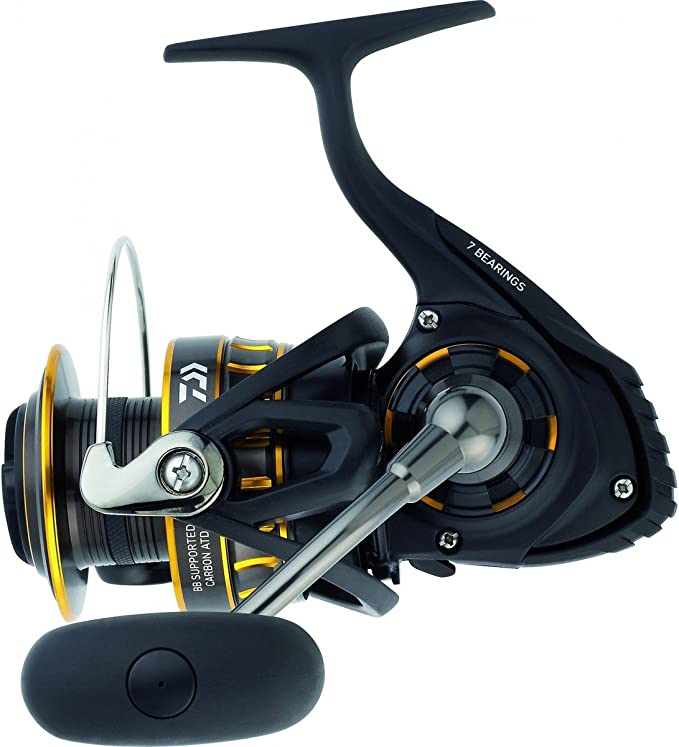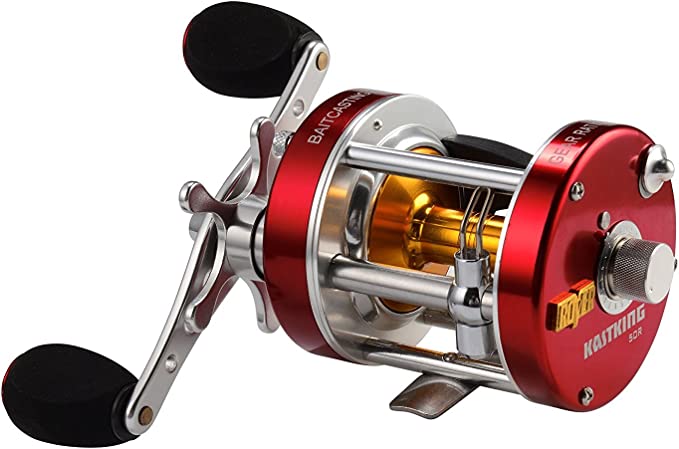The Frost, The Crane, and The Code: How Ground-Truth Weather Data Rewrites Business Rules
Update on July 11, 2025, 2:27 p.m.
The air in the valley was deceptively still. At 3 a.m., Isabella checked her phone one last time. The regional forecast, beamed from a satellite miles above, promised a low of a balmy four degrees Celsius. Safe. She went to sleep, the legacy of her family’s boutique vineyard resting on that single, clean number.
The dawn, however, brought a brutal truth. A ghostly, crystalline blanket of white coated the tender new buds of her most prized vines. A silent, localized frost, born in the unique hollow of her land, had descended, unseen and unpredicted by the regional model. The financial loss was immediate and sickening. The real question, however, was existential: in an age of big data and predictive analytics, how could her reality be so dangerously disconnected from the forecast?
The answer lies in a concept that is both simple and profound: the microclimate.

The Invisible Battlefield: Understanding the Microclimate
The National Oceanic and Atmospheric Administration (NOAA) defines a microclimate as the distinct climate of a small, specific area, which can vary significantly from the climate of the region around it. Isabella’s vineyard, nestled in a valley, was a perfect incubator for one of nature’s most subtle assassins: radiation frost.
The science is as elegant as it is ruthless. On a clear, calm night, all objects on Earth, following the fundamental laws of thermodynamics, radiate heat back into the cold expanse of space. The ground cools rapidly, and the layer of air directly above it cools in turn. If this air temperature drops below freezing, moisture crystallizes directly onto surfaces, forming frost. A light breeze or cloud cover, conditions present just a few miles away, can disrupt this process. But in the still pocket of Isabella’s valley, the conditions were tragically perfect. Her forecast wasn’t wrong; it was just irrelevant to her specific patch of ground. To win this fight, she needed to measure her own reality.
Fighting Heat with Air: The Evolution of Truthful Temperatures
For over a century, the gold standard for protecting thermometers from the sun’s deceptive warmth was the Stevenson Screen, a white, louvered box invented in the 1860s. It was a brilliant passive solution for its time. But to combat the phantom of radiation frost and the subtle heat that can linger even in shade, a passive approach is no longer enough.
Enter the modern successor: the 24-Hour Fan-Aspirated Radiation Shield. This device, a key component of the Davis Vantage Pro2 system, is less a simple shield and more a life-support system for the temperature sensor. A solar-powered fan continuously draws a jet of ambient air across the sensor—500 feet per minute, to be precise. It ensures the thermometer is measuring the temperature of the moving air, not the misleading warmth radiating from the ground or the instrument’s own housing.
Think of it not as an umbrella, but as a precision respirator. It guarantees the sensor is breathing the pure, unadulterated truth of the air’s temperature. For Isabella, this technology translates into the one thing she desperately needed: a frost warning triggered by a half-degree change on her land, not an averaged guess from miles away. It’s the difference between reaction and prevention, between loss and livelihood.
Listening to the Wind: A Story Told in Sound
Hundreds of miles away, on a sprawling construction site, project manager Mark faces a different, more audible adversary. The wind. An unexpected gust catching the sail-like surface of a suspended steel beam could be catastrophic. Like Isabella, he relies on forecasts, but the chaotic, swirling winds around his half-finished structures bear little resemblance to the steady stream reported from the local airport. His multi-million dollar crane sits idle far too often, a monument to uncertainty.
The traditional cup-and-vane anemometer, a reliable workhorse for decades, measures wind, but it has mechanical limitations. It has inertia; it takes a moment to spin up and slow down, potentially missing the most violent, instantaneous gusts. For Mark’s world of critical safety, a better way was needed.
The solution comes not from mechanics, but from physics. The Vantage Pro2’s optional Sonic Anemometer has no moving parts. It operates by sending pulses of ultrasonic sound between a set of transducers. The principle is as simple as swimming in a river: it takes less time to swim with the current than against it. By measuring the infinitesimally small time difference for the sound pulse to travel with and against the wind between transducers, the device calculates wind speed and direction with surgical precision and near-instantaneous response.
For a business, its “no moving parts” design is a profound feature. On a dusty, grit-filled construction site, it means no bearings to foul, no cups to break, and virtually zero maintenance. It means Mark gets an immediate, accurate reading of the dangerous gusts that matter most, allowing him to operate with a new level of confidence and efficiency. He’s no longer just watching the wind; he’s listening to its true voice.
The Command Center: Turning Raw Data into Business Gold
One year after the devastating frost, the pre-dawn ritual at Isabella’s vineyard is different. A new device, the WeatherLink Console, sits on her desk. Its HD screen isn’t displaying a regional forecast; it’s displaying her ground truth, updated every few seconds. It has become her business intelligence hub.
The climax of her story isn’t dramatic; it’s digital. At 2:14 a.m., the temperature in the valley bottom, measured by the fan-aspirated sensor, ticks down to 0.5°C. An alarm she programmed on the console triggers a relay. In the vineyard, the irrigation system hums to life, casting a fine mist over the vines. As the water freezes on the buds, a magical bit of high-school physics occurs: the water releases latent heat, keeping the plant tissue itself just above the freezing point. The crop is saved.
This entire automated defense relied on one thing: a reliable signal from the sensor in the valley to the console and pump relay hundreds of feet away. Here, another piece of elegant engineering comes into play: Frequency-Hopping Spread Spectrum (FHSS) radio transmission. This technology, famously co-invented by 1940s Hollywood actress Hedy Lamarr, constantly and rapidly switches the frequency of its transmission, making it incredibly resilient to interference. It’s the digital equivalent of a secret code, ensuring the life-saving message gets through.
Conclusion: The ROI of Reality
Isabella’s story is no longer about avoiding loss. She now uses her accumulated, hyper-local data—growing degree days, rainfall totals accurate to 0.2 millimeters, soil moisture levels—to fine-tune her irrigation, optimize her harvest date, and ultimately, elevate the quality of her wine. She has turned the weather from an adversary into an ally.
For businesses like Isabella’s vineyard or Mark’s construction site, owning your environmental data with a professional-grade instrument like the Davis Vantage Pro2 is not an operational expense. It is a profound strategic investment. It’s the purchase of certainty in an uncertain world. It is the act of transforming nature’s volatility from an unpredictable threat into a manageable, measurable, and ultimately profitable part of the business equation. It is the power of knowing your own ground truth.



















